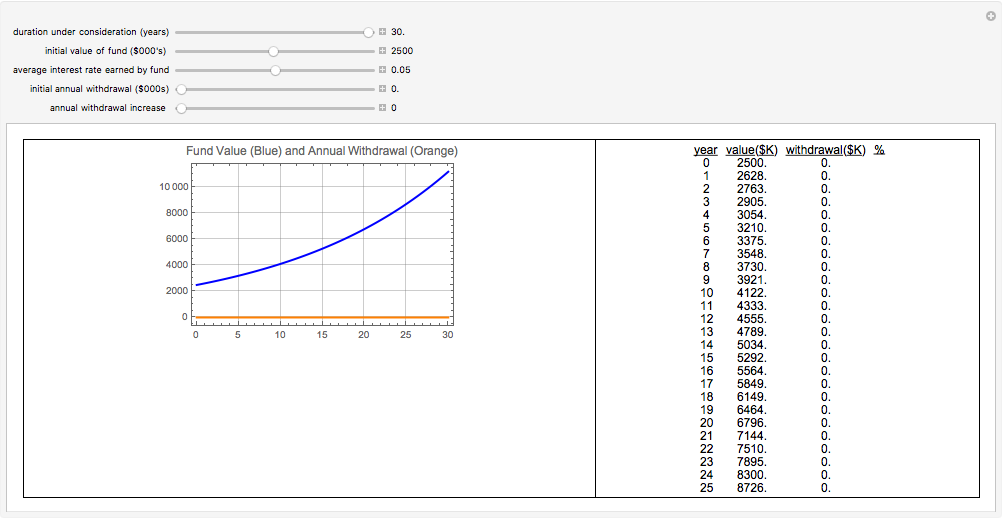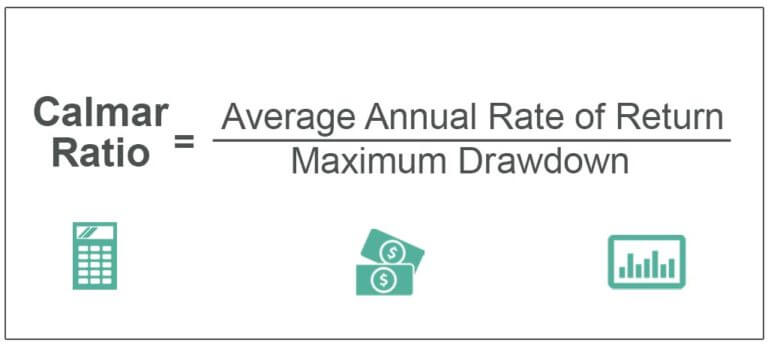
In the case mentioned above, this value will be ₹3.5 lakhs, which appeared right before the new peak was formed. To calculate MDD, unlike the peak value, the trough value will be cherry-picked for the lowest among all, rather than choosing the first lowest value.The latest peak of ₹8 lakhs will also not be taken as part of the calculation for the max drawdown as the original drawdown is supposed to consider the first peak only.The peak of ₹6 lakhs that is in between the final and initial high positions will not be used since this value does not represent a new peak for MDD. For calculating max drawdown, the initial peak of ₹7.5 lakhs will be used.In this case, the maximum drawdown looks like this: The initial peak is ₹7.5 lakhs, and the lowest position held by the portfolio is ₹3.5 lakhs.

To find the max drawdown of this, we will pluck the initial peak value and lowest value from the information provided. What is the max drawdown of this portfolio? Following this, the value suddenly shoots up by more than twice its prior value to ₹8 lakhs. Next investors observe that the value rebounds to ₹6 lakhs it drops down to ₹3.5 lakhs again. Over a period of time, the portfolio’s value increases to ₹7.5 lakhs before plunging back to ₹4 lakhs in a bear market that is quite brutal. Let’s assume that an investment portfolio started off with an initial value of ₹5 lakhs. Maximum Drawdown ExampleĪs an example that employs the use of the max drawdown formula, take the following. Although other metrics need to be considered to assess the fund’s overall performance, with the aid of MDD, it’s clear that the fund has outperformed its benchmark index by a massive margin. Although this might seem like a huge loss, the S&P 500 had plunged by more than 55% from its peak back in October of 2007 to its trough in March of 2009. For example, a supposed fund started up in the year 2000 and had a maximum drawdown of -30% by the end of 2010. In this regard, it’s important to pay attention to the time period that is being considered. It is important to use MDD with the right perspective so one can derive the maximum amount of benefit from it. Alternatively, the worst possible figure is -100% for max drawdown which signifies that the investment has been completely worthless.

If an investment were to never lose a single rupee, then its maximum drawdown would reflect as 0%. A max drawdown that is low is usually preferred as this indicates that one’s losses from their investments are very minor. As an example, let’s assume stock screening strategies have the same tracking error, average outperformance, and volatility.Įven in this case, the max drawdown when compared to the benchmark can appear very different for both these strategies. Capital preservation is a key concern for most investors as it correlates with the ability of the portfolio to generate better returns. Max drawdown focused on preserving capital, and can therefore be used with the aforementioned goal. MDD is a technical indicated utilize with the goal of figuring out how risky one stock screening strategy would be compared to another. Since max drawdown only measures the largest drawdown, it does not indicate the length of time it took an investor to be able to recover from their loss, including whether the investment recovered at all. Maximum drawdown does take into consideration how often the portfolio experiences large losses. However, it’s crucial to keep in mind that, as the max drawdown formula suggests, this metric only measures the extent of the greatest loss in a portfolio. There are different types of drawdown measures and maximum drawdown is the one that considers the greatest movement from a high position in a portfolio to a low spot in it before a new height is gained. MDD = (Trough Value - Peak Value) / Peak Value To illustrate the meaning of max drawdown better, let’s take a look at the max drawdown formula below. As a measure, maximum drawdown can be used on a standalone basis, or as an input with other metrics like the “Calmara Ratio” and “Return over Maximum Drawdown.” It is expressed as a percentage value. As an indicator, maximum drawdown looks at the downside risk over a certain period of time.

But what does MDD signify? What Is Maximum Drawdown (MDD)?Ī maximum drawdown (MDD) -or max drawdown- is the most observed loss when the funds in a portfolio are measured from their peak to their trough, prior to a new peak forming. The term ‘MDD’ is often thrown around in the world of technical analysis compelling newcomers to wonder ‘what does MDD mean?’ MDD refers to maximum drawdown and falls under the purview of portfolio management. Typically drawdowns are quoted as percentage values between the initial peak and its subsequent trough. A decline from peak to trough in a trading account, investment portfolio or fund, is known as a drawdown.


 0 kommentar(er)
0 kommentar(er)
